Cooking in bulk and eating leftovers is convenient, but it comes with a higher risk of food poisoning. Rice in particular has been getting buzz over social media, namely about the dangers of “fried rice syndrome” and “reheat syndrome”. However, the safety concerns don’t refer only to the reheating process. Rather, the main issue lies with how the cooked rice is stored. Fortunately, once you know the healthiest way to keep leftover rice, you can reheat it and enjoy without worries.
Rice and foodborne illness
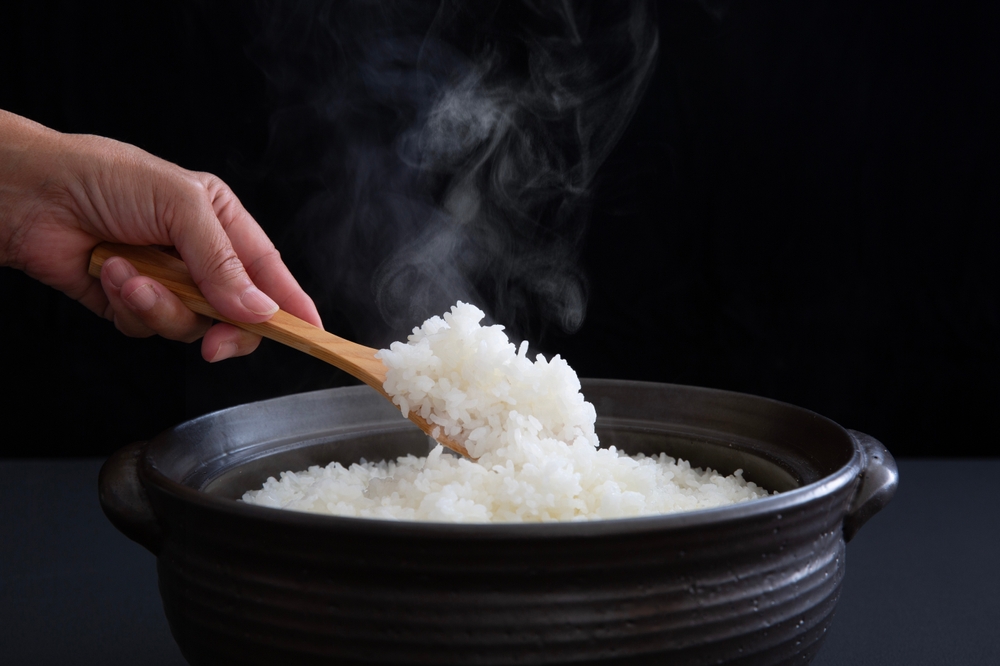
Rice has a higher potential to cause food poisoning compared to other dishes because it may contain Bacillus cereus, a bacteria with spores found on raw grains. Moreover, it can survive the cooking process. If people aren’t careful, the bacteria can grow on leftover rice and lead to foodborne illness. Additionally, cooked rice that’s improperly stored can sit at the temperature “danger zone” where bacteria can multiply rapidly. Bacillus cereus contamination can lead to symptoms like nausea, diarrhea, and vomiting.
Bad taste and texture
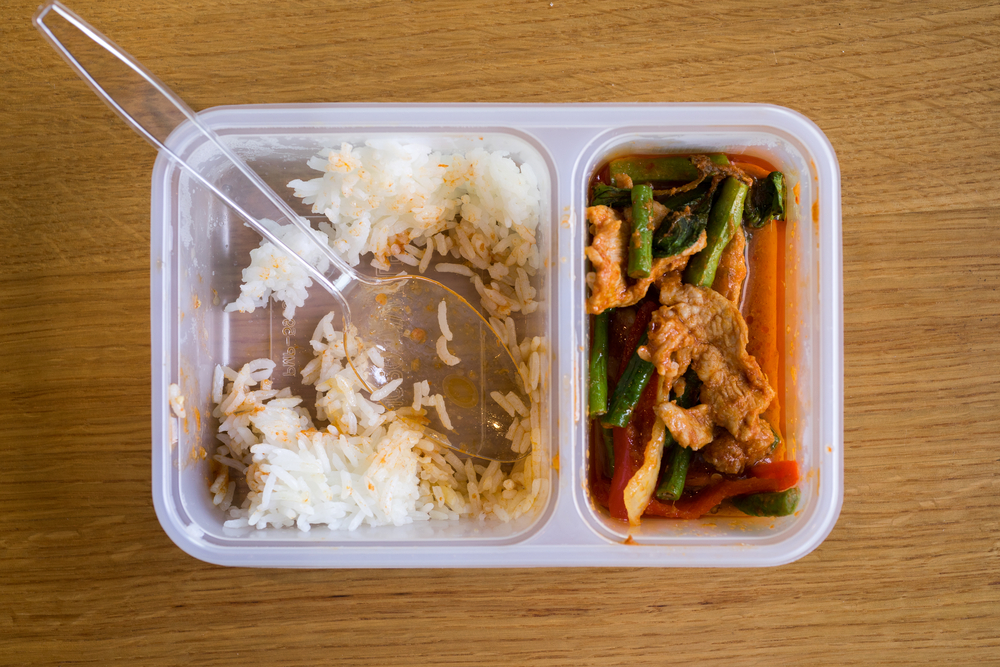
Food safety aside, improper storage can ruin the taste and texture of cooked rice. At room temperature, cooked rice can gather excess moisture and become mushy. But when it’s stored incorrectly in the fridge, the grains can lose flavor, absorb unappetizing aromas, and become hard and dry. If you plan on making rice in bulk, be mindful throughout the cooking process to ensure the tastiest and safest results. Remember, this dish is very moist, which makes it a magnet for bacteria. Here are tips to keep in mind:
Let the rice cool
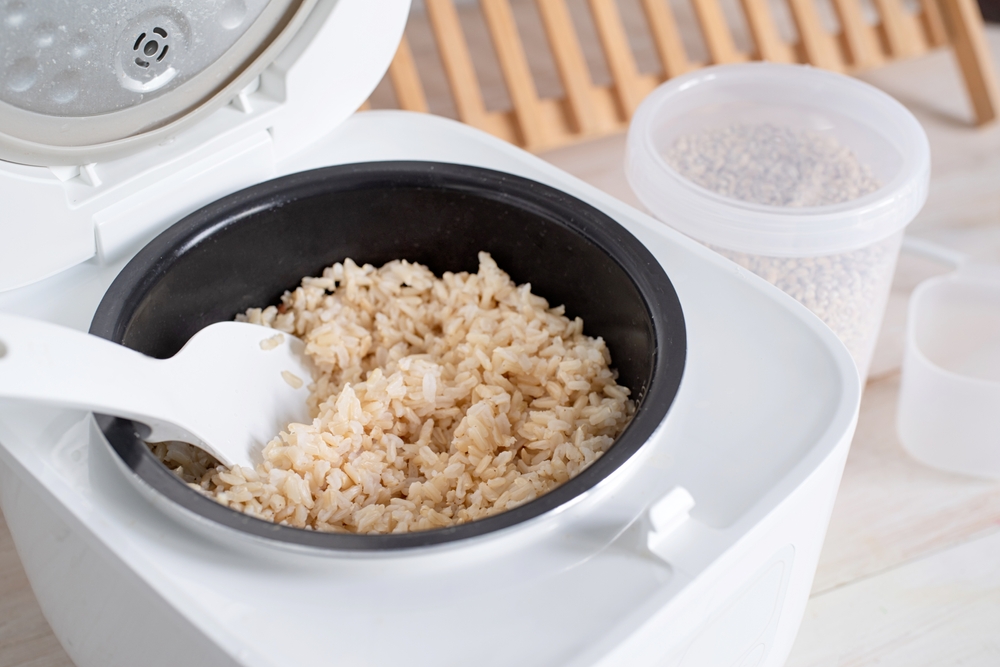
You shouldn’t leave cooked rice out too long since this keeps it in the temperature danger zone. Instead, ensure it is completely cool before storing in a sealed container. “To properly cool rice, place it in shallow pans and loosely [cover it] in the refrigerator,” says Shannon Stover, MS, RD, food safety educator at Michigan State University Extension to Martha Stewart. “Do not place warm [or] hot rice in a closed container in the refrigerator, as the warm air needs a way to escape.”
Read More: Some People Claim That Day Old Rice is Dangerous, so Experts Have Weighed in
Keep in the fridge

Never store cooked rice at room temperature. “Refrigeration slows down the growth of harmful bacteria, keeping the rice fresh and safe to eat for a longer period,” says McKenzie Dokter, chef instructor at Auguste Escoffier School of Culinary Arts. According to the USDA, cooked food lasts about three to four days in the fridge. To protect the rice from drying out, use a tightly-sealed, food-grade container. This will also prevent cross-contamination with other foods.
Freeze for later
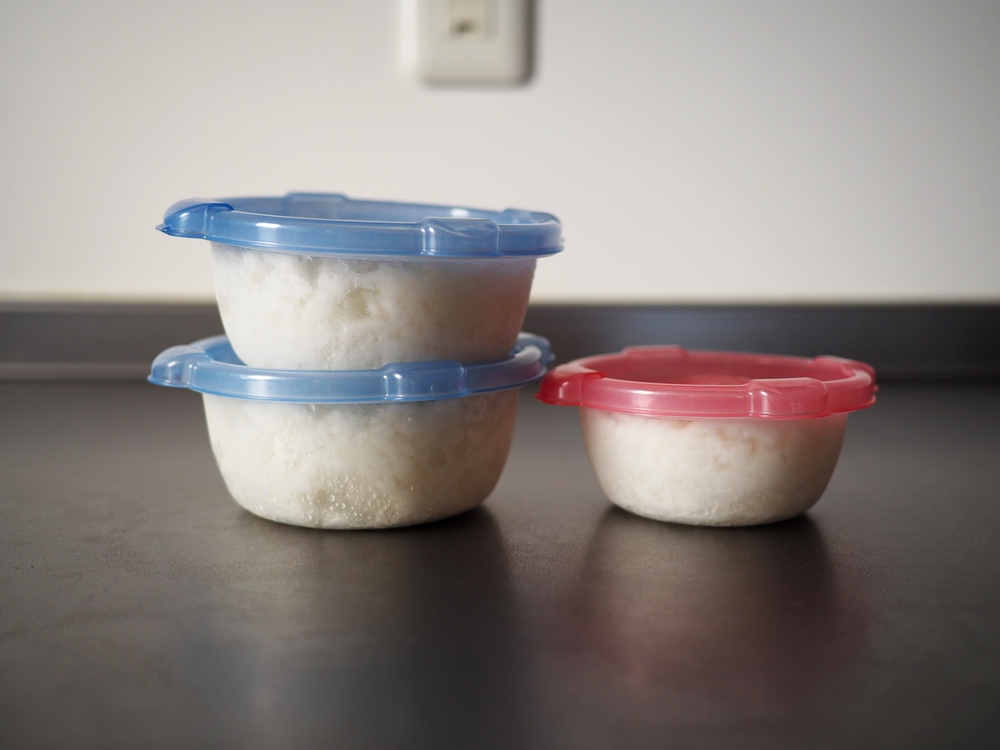
Freezing rice is a great way to keep cooked grains for a last-minute meal. But first, “let the rice cool completely before transferring it to a freezer-safe container or resealable bag,” says Dokter. Then push out as much air as possible to avoid freezer burn. The rice can stay fresh in the freezer for three to four months. The only caveat is that the process may negatively affect the texture of rice, so this is best used for recipes where that’s less important, like in soups or casseroles.
How to reheat cooked rice
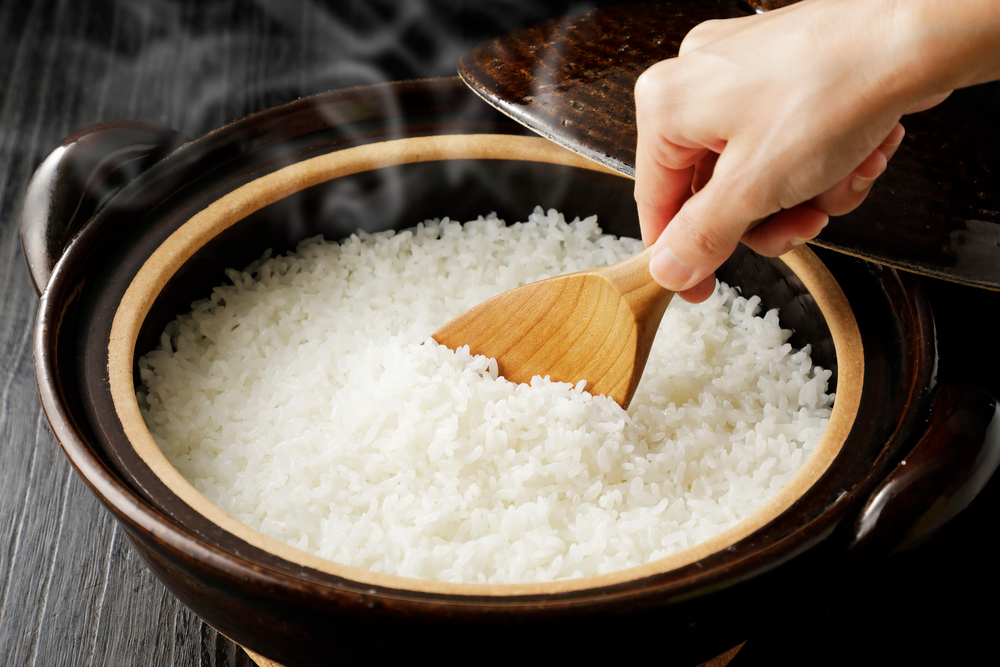
There’s two goals for reheating: to eliminate bacteria and be left with steaming, delicious food. A food thermometer is the best tool for this, according to Stover. The bowl is considered properly reheated at the internal temperature of 165°F. This is the lowest temperature capable of killing harmful bacteria. There are four main reheating methods: microwaving, sautéing, steaming, and adding to recipes.
The microwave method:
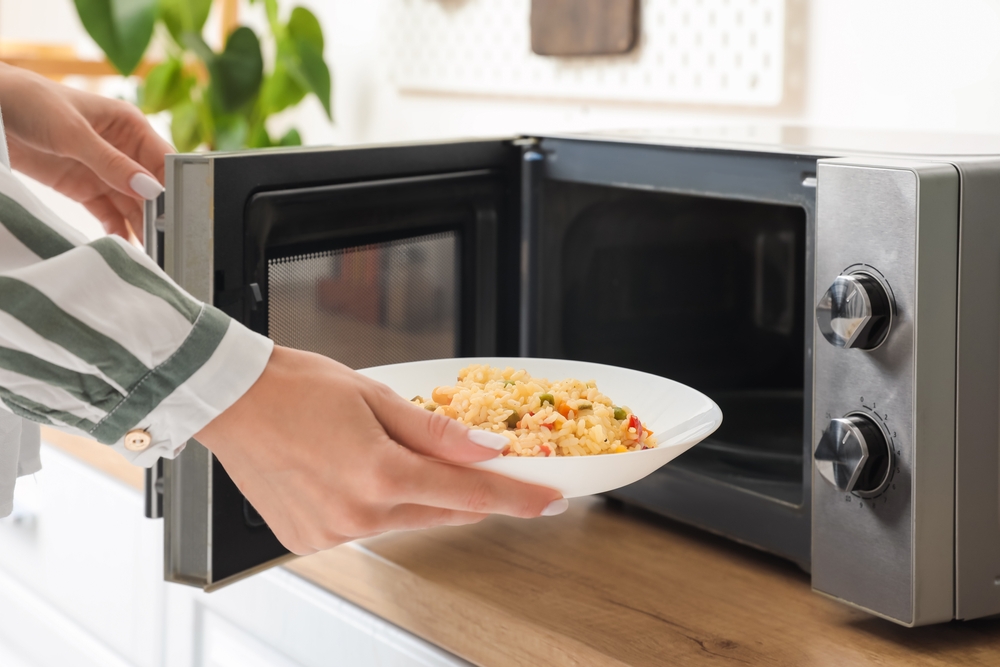
- Place the rice in a microwave-safe dish.
- Cover the rice loosely with a damp paper towel to prevent the grains from drying out.
- Microwave the dish on high for 1 to 2 minutes or until properly heated through.
- Stir the dish halfway through to ensure even heating.
- Let the rice sit for 1 or 2 minutes before fluffing and serving.
The stovetop method
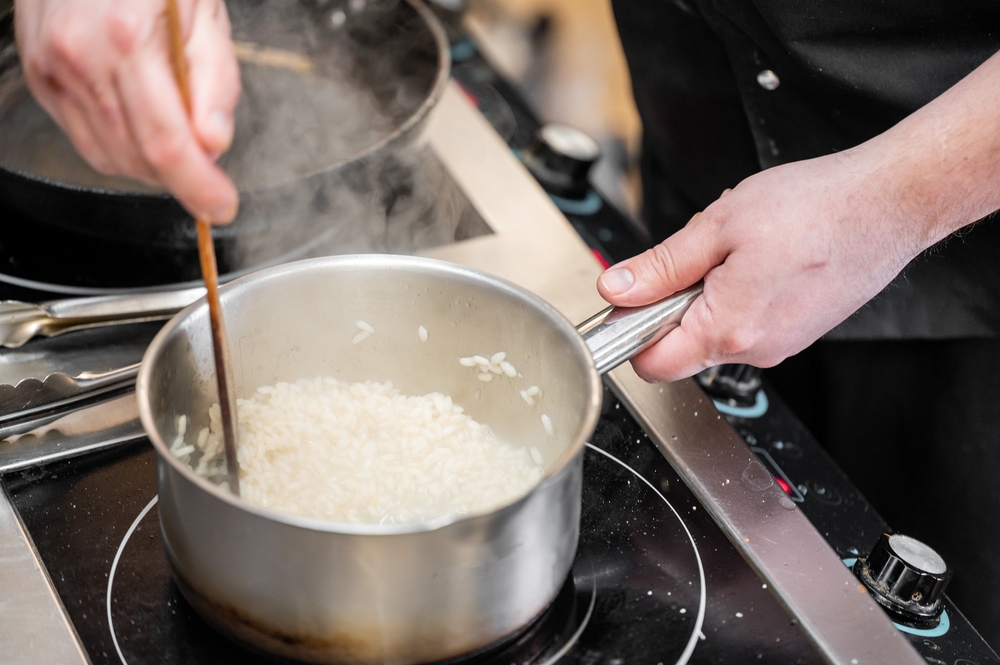
- Place the rice in a saucepan.
- Add 1 tablespoon of water (or broth) per 1 cup of rice to prevent the grains from drying out and sticking to the pan.
- Heat the pan over low to medium heat, stirring occasionally, until the rice is heated thoroughly. This process takes longer than the microwave, but it can lead to a nice texture.
The steaming method
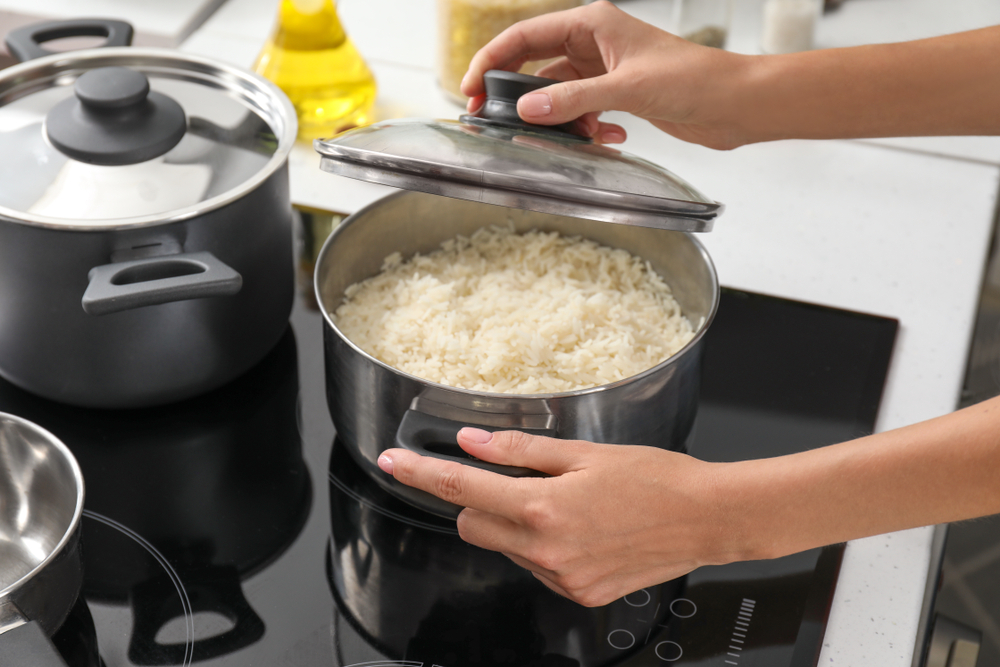
- Place the rice in a saucepan, and add 1 or 2 tablespoons of butter or oil.
- Add 1 to 2 tablespoons of water per 1 cup of rice.
- Put on the lid and bring the pan to a simmer. Stir occasionally.
- Once the extra water has boiled off, ensure the internal temperature is 165°F or higher.
- Serve immediately. In general, Medical News Today discourages leaving reheated rice out on the counter.
Add directly to recipes
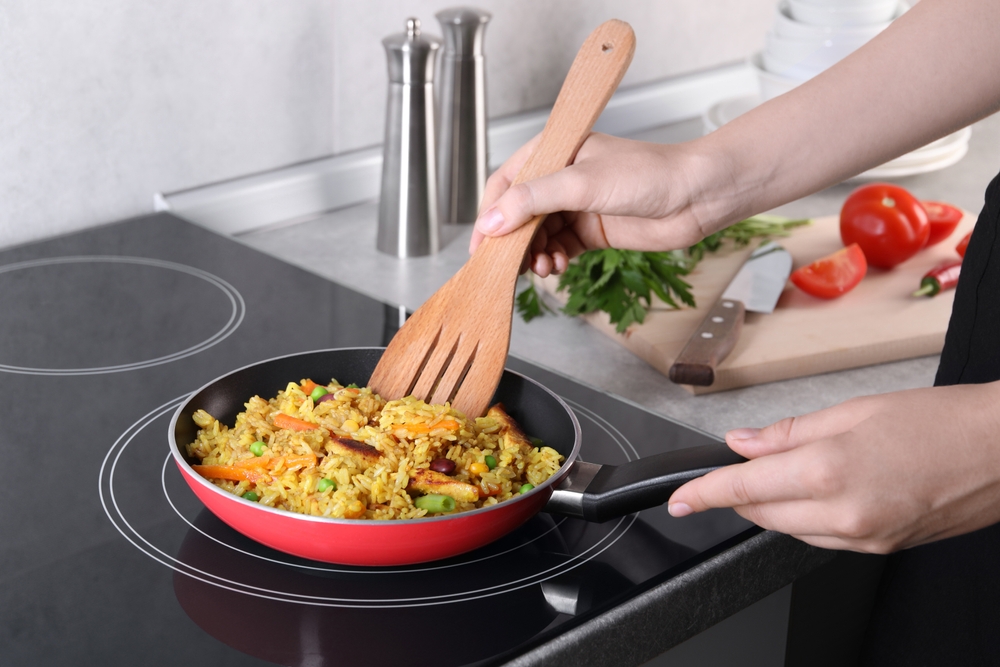
Sometimes you don’t need to reheat rice at all, according to Southern Living. For recipes like stir-fries, fried rice, rice puddings, soups, casseroles and the like, you can add the cold, cooked rice directly. Just ensure the rice is thoroughly heated and has reached the internal temperature of at least 165°F. Be careful with leftovers of the new dish, however. It’s not recommended to repeatedly reheat rice since it can negatively impact the texture and flavor, and increase the risk of bacterial growth.
Read More: High Levels of Arsenic Discovered in US Rice: Here’s What You Should Know

